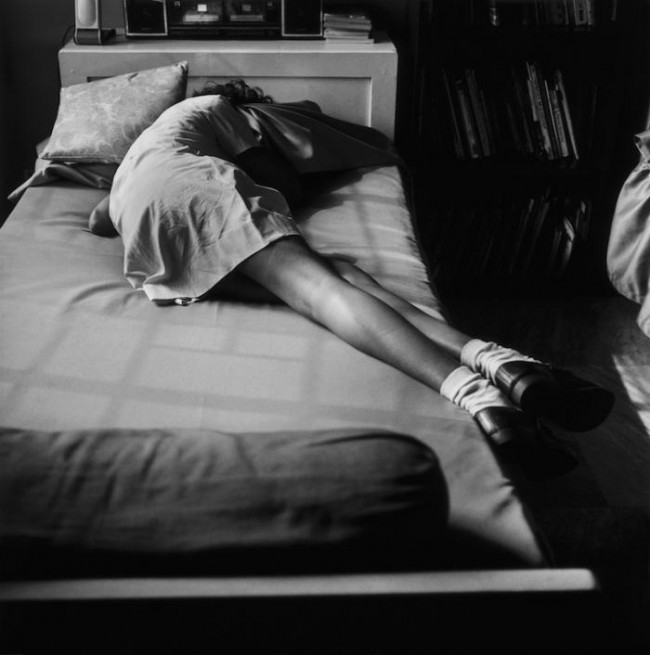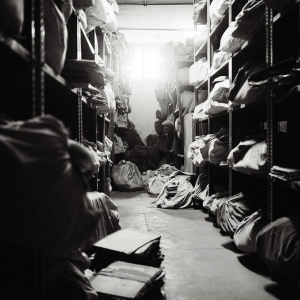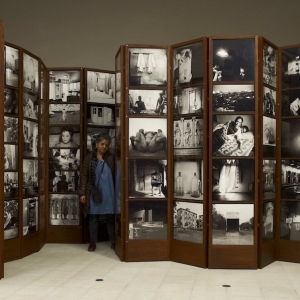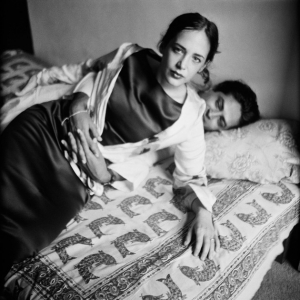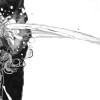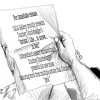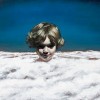Dayanita Singh, whose first U.K. retrospective is on display at the Southbank Centre, prefers to be defined by what she is not. Both the artist and curator of GO AWAY CLOSER, Stephanie Rosenthal insists that Singh is not a photographer and she is not an Indian artist. These negative definitions are curious given that, ultimately, Singh’s work is photographic and nearly exclusively of Indian subject matter (not to mention that she is an artist and is Indian). Singh argues that photography is her vocabulary to create stories or novels. It is true that very few of her photographs can stand alone—a sentiment that is reinforced by the display at the Hayward Gallery. They work best in groups, whether that is in photo-books, sequential wall displays, or her most recent project the Museum Bhavan. However, Singh seems to be following the trend of contemporary artists who use photography and resist categorisation. Contemporary artists using photography seem to avoid the title of ‘photographer’. The label does indeed seem to lower their market value. Singh, whose background is in photojournalism, is perhaps resisting the label of photographer to distance herself from straight photography and to be seen simply as an artist.
The main attraction of GO AWAY CLOSER is the Museum Bhavan, portable museums that both store and display framed photographs. This is Singh’s newest endeavor; an evolution from her book Sent a Letter (2008) and book carts which were built to transport her photo-books (also on display at Hayward). The Muesum Bhavan is a work that defies categorizations. It is at once sculptural, photographic, and archival. The archival aspect of it is something deserving of more attention as the archive can be an artwork in itself—a tradition possibly beginning with Marcel Duchamp’s Boîte-en-Valise, a suitcase containing miniature replicas of his artworks. The archive is becoming increasingly invoked in contemporary art (see Archive Fever: Uses of the Document in Contemporary Art by Okwui Enwezor or Deep Storage: Collecting, Storing, and Archiving in Art edited by Ingrid Schaffner and Matthias Winzen). Singh’s Museums can be considered an archive of her work, grouped thematically, as the photographs included in each Museum are drawn from her entire career. Additionally, Museum Bhavan will have an Archivist in Residence program. While resisting the title photographer, Singh’s newest work emphasises the archive; a structure so often associated with photography.
